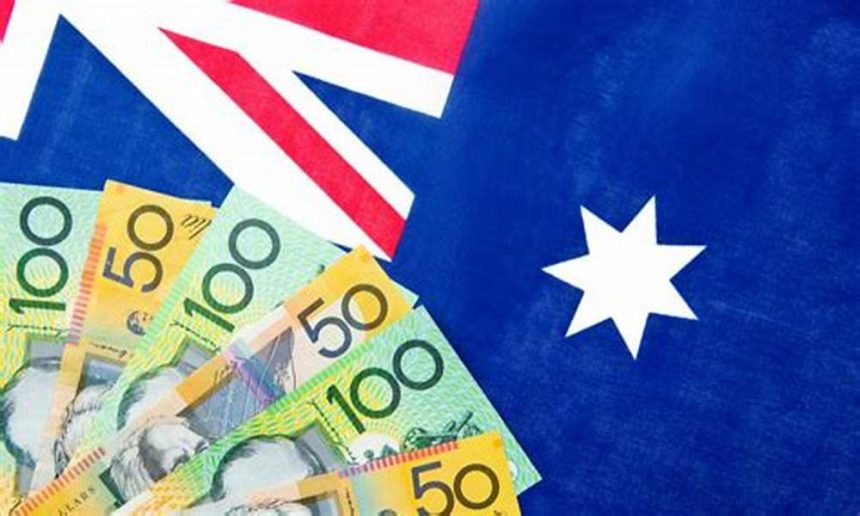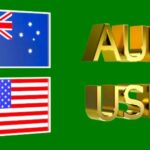Australian dollar stays firmer due to hawkish thinking over the RBA’s rate Trajectory.
The Australian Dollar (AUD) rose for the fifth Consecutive session on Friday. The Australian Dollar (AUD) Strengthens versus the US Dollar (USD) as the Reserve Bank of Australia (RBA) Expresses strong support for a hawkish posture. This Sentiment is Bolstered by TD Securities’ reassessment. Which pushes the RBA’s expected rate drop back to February 2025 from November.
The Australian dollar rose in Response to the Aussie 10-year yield reaching a 21-week high of 4.59%.
The Australian dollar surged further on the basis of rising yields on Australian government bonds. With the 10-year yield reaching a 21-week high of 4.59%. This increase is due to the recent release of Australia’s Consumer Price Index (CPI) data on Wednesday. Which exceeded forecasts and fueled hawkish attitude toward the RBA.
The US dollar’s bounce could be linked to a shift in market sentiment toward risk-off.
The US Dollar Index (DXY), which measures the performance of the US Dollar (USD) versus six major currencies. Is rebounding, possibly due to a reversal in risk-off mood. However, this gain may be restricted due to the downward adjustment in US Treasury yields. Which has contributed to the Greenback’s weakness.
Despite contradictory preliminary statistics issued by the United States (US) on Thursday, including higher-than-expected core personal consumption expenditures and lower-than-expected GDP The US Dollar remained under pressure year on year in the first quarter.
The market is currently focused on the US Personal Consumption Expenditures (PCE) Price Index data for March. Which is set to be released on Friday. This data is expected to be closely watched as investors assess its implications for inflationary pressures and potential effects on US monetary policy.
Daily Market Movers: The Australian dollar strengthens due to the hawkish RBA.
In the first quarter, the US Gross Domestic Product Annualized (Q1) expanded at a slower rate. Increasing by 1.6% compared to 3.4% the previous quarter. This statistic fell short of market forecasts, which predicted a growth rate of 2.5%. GDP growth has slowed. Implying that many areas of the economy may face headwinds or slow down.
US consumer prices have exhibited resilience, with the most recent data showing that the Personal Consumption Expenditures (QoQ) Price Index for Q1 climbed at a 3.7% annual pace. This above both the market’s forecast of 3.4% and the previous reading of 2.0%. The continuing increasing increase in consumer prices may imply ongoing inflationary pressures, influencing the Federal Reserve’s monetary policy decisions.
The US first jobless claims for the week ending April 19 fell significantly, down 5,000 to 207,000. This result is the lowest in two months, exceeding both market forecasts of 214,000 and the previous reading of 212,000. This surprise decrease in unemployment claims suggests an improving labor market, with fewer layoffs and probably more hiring activity.
CME FedWatch Tool, the likelihood of the Federal Reserve (Fed) keeping interest rates steady.
According to the CME FedWatch Tool, the likelihood of the Federal Reserve (Fed) keeping interest rates steady at its June meeting has increased to 85.2%, up from 83.5% on Wednesday.
Luci Ellis, Westpac’s chief economist and former Assistant Governor (Economic) at the Reserve Bank of Australia, reports that inflation marginally exceeded forecasts in the March quarter. Westpac expects the Board to leave interest rates unchanged in May and has moved the first rate decrease from September to November this year.
In March, Australia’s Consumer Price Index (CPI) climbed by 3.5% year on year. While this figure topped estimates by 3.4%, it was the highest level seen in four months. The rise was mostly caused by faster rises in housing and transportation costs.









